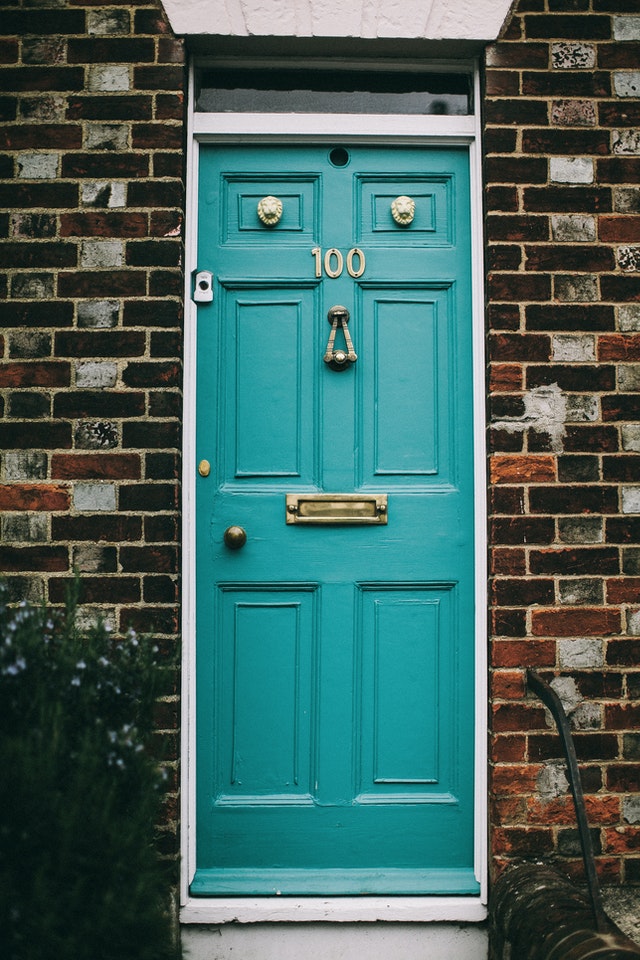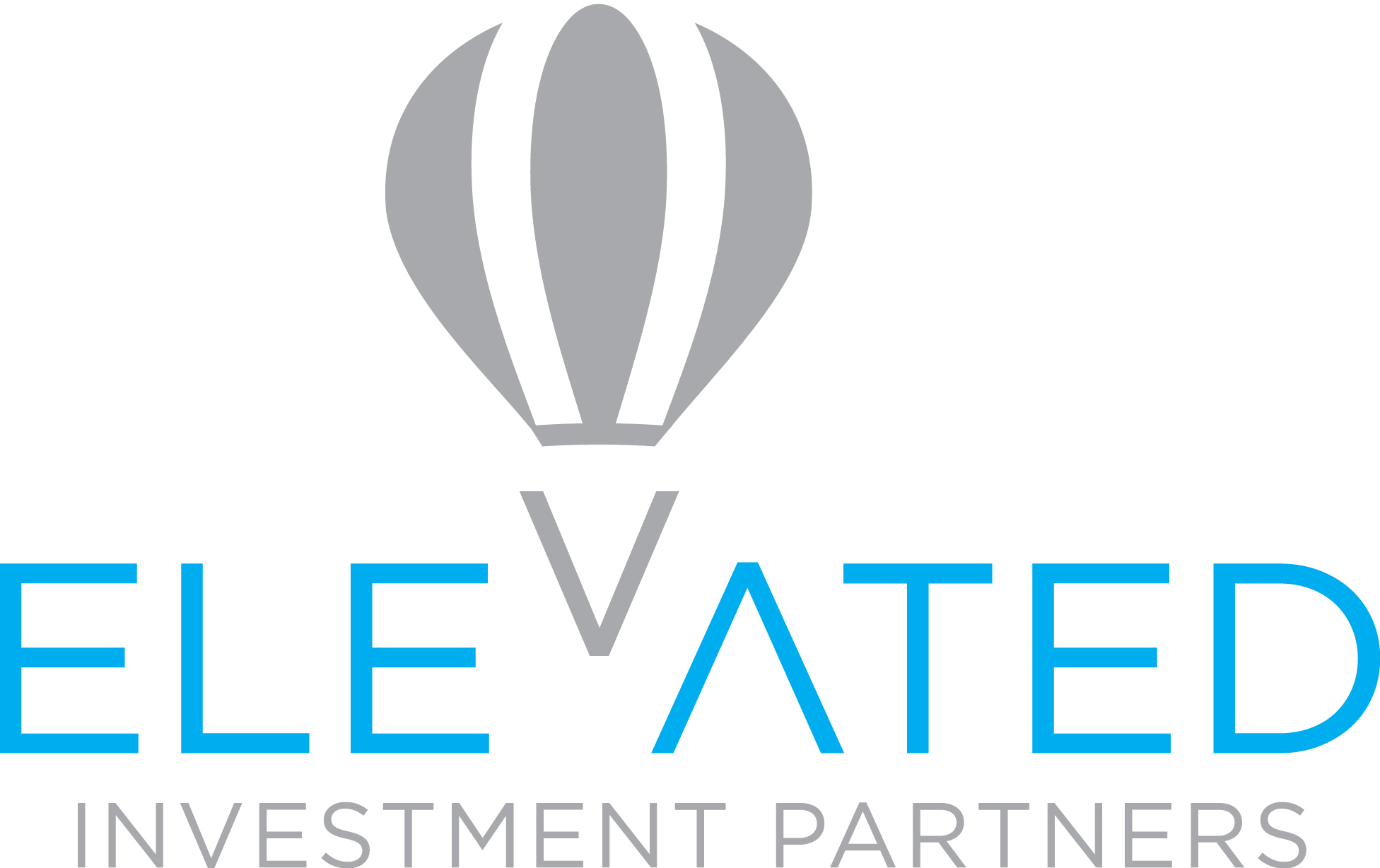 Historically low mortgage rates are helping homeowners cut monthly payments or pay off loans faster. So, should you refinance? Let’s look at your options.
Historically low mortgage rates are helping homeowners cut monthly payments or pay off loans faster. So, should you refinance? Let’s look at your options.
Many homeowners who’ve been monitoring the record drop in mortgage rates are likely to start thinking about refinancing their home loans. Who can blame them? It’s as if Don Corleone, “The Godfather” himself, was whispering in their ears about an offer they can’t refuse.
Since the spring of 2020, average 30-year fixed-rate mortgages dropped below 3%. A level not seen since the US government started tracking mortgage rates in the early 1970s. Popular 15-year fixed-rate mortgages have also fallen to record lows.
Homeowners who sharpen their pencils and do their homework may now have a unique opportunity to achieve one or more of the following goals by refinancing:
1. Reduce monthly mortgage payments
2. Pay off an existing mortgage ahead of schedule
3. Trade an adjustable-rate mortgage (ARM) for a fixed-rate mortgage
4. Tap home equity to raise cash
Refinancing your mortgage means paying off your existing loan and replacing it with a new one. But a “refi” comes with its share of closing costs: points, application fees, origination fees, commissions, etc. Keep in mind that refinancing only makes sense if you plan to stay in your home long enough to recover those closing costs.
While doing the math, don’t forget to include monthly payments for local property taxes, homeowners insurance, and, if applicable, private mortgage insurance. In the examples we discuss, taxes and insurance are omitted.
With that in mind, let’s take a closer look at how today’s lower rates might affect those four primary refinancing goals:
1. Reducing Your Monthly Payments
If you bought a home and obtained a mortgage in the last two or three years, you might have paid around 4.88% for a standard 30-year fixed-rate mortgage. Assuming you borrowed $200,000, your monthly payment, excluding property taxes and insurance, would be $1,059.
But if you can snag a 3%, 30-year fixed-rate deal, your monthly payment drops to $843 per month, a 20% reduction. That’s $216 more in your pocket every month, or an annual savings of $2,592. Your savings would vary depending on the amount you borrow.
| Loan Amount |
Fixed Payments on a 30-Year Mortgage at Different Interest Rates |
||||||||||
| 4.50% | 4.25% | 4.00% | 3.75% | 3.50% | 3.25% | 3.00% | 2.75% | 2.50% | 2.25% | 2.00% | |
| $500,000 | $2,533 | $2,460 | $2,387 | $2,316 | $2,245 | $2,176 | $2,108 | $2,041 | $1,976 | $1,911 | $1,848 |
| $350,000 | $1,773 | $1,722 | $1,671 | $1,621 | $1,572 | $1,523 | $1,476 | $1,429 | $1,383 | $1,338 | $1,294 |
| $200,000 | $1,013 | $984 | $995 | $926 | $898 | $870 | $843 | $816 | $790 | $764 | $739 |
2. Paying Off an Existing Mortgage Ahead of Schedule
Like its 30-year cousin, most 15-year mortgages offer a fixed interest rate for the length of the loan. Generally, the shorter loan period means you’ll have a higher monthly payment.
But when combined with record low rates, borrowers who are able to handle a higher monthly payment can potentially pay off the loan in half the time. Are the rewards worth the stretch in monthly payments? Let’s look at an example:
Assume you start out with a $500,000 mortgage at a 30-year fixed rate of 4.5%. Your monthly payment would be $2,533, and you’d pay $412,034 in interest over the life of the loan.
Now, let’s assume you financed that same $500,000 loan with a 15-year mortgage at 3%. A side-by-side comparison shows how the combination of lower rates, higher payments, $920 more per month, and an accelerated payoff schedule can potentially get you to a zero balance in half the time with a significant savings in interest.
| Comparing a 30-Year Fixed-Rate vs. a 15-Year Fixed-Rate Mortgage | |
| 30-Year Fixed Rate | 15-Year Fixed Rate |
| Loan Amount: $500,000 | Loan Amount: $500,000 |
| Mortgage Rate: 4.5% | New Mortgage Rate: 3.0% |
| Monthly Payment: $2,533 (360 payments) | New Monthly Payment: $3,453 (180 payments) |
| Interest Paid After 30 Years: $412,034 | Interest Paid After 15 Years: $165,823 |
3. Swapping an Adjustable-Rate Mortgage for a Fixed-Rate Mortgage
If you’re currently holding an adjustable-rate mortgage, also known as an ARM, let’s look at some of the reasons why you may have chosen it.
First, adjustable rates are often less expensive than fixed-rate loans, especially for the first three or five years. That can be enticing, particularly for budget-conscious first-time buyers hoping to borrow a little more money. Second, if you received your loan when rates were high, you may be eager to start seeing your monthly payments come down along with lower rates. Third, you may be hoping to sell your house before the ARM is adjusted upward.
All of that said, a fixed-rate loan will offer a level of stability that most ARMs can’t match. With rates at historic lows, you can lock in a monthly fixed-rate payment that will never change, no matter how long you plan to carry the mortgage.
ARM rates are designed to rise after the early low-rate years. They typically come with rate caps that limit the increase during a single period and over the lifetime of the loan. For example, a hypothetical 3.99% “5/1” ARM, named because it stays fixed for the initial five years, then allows for a pair of once-a-year “reset” increments in years 6 and 7, up to a maximum of 8.99% (the-so-called 5% lifetime cap):
How an ARM Can Adjust Upward Over Time
| Years | Loan Amount | Rate | Principal & Interest Payment |
| 1 – 5 (initial loan) | $200,000 | 3.99% | $954 per month |
| 6 (resets 2% higher) | $180,604 | 5.99% | $1,164 per month |
| 7 (resets 2% higher) | $177,463 | 7.99% | $1,388 per month |
| 8 (rate increase 1% more because 5% is the lifetime cap) | $174,894 | 8.99% | $1,503 per month |
If you’d prefer to head off the possibility of your ARM rate rising, a switch to a 15- or 30-year fixed-rate mortgage may help add some predictability to your household budget. Current low rates may provide an additional incentive for making the move sooner rather than later.
4. Tapping Home Equity to Raise Cash
For some homeowners, the combination of rising home values and plunging mortgage rates may provide opportunities to take advantage of a so-called “cash-out” refinance. In a cash-out, you swap your existing loan balance for an even bigger loan. After deducting closing costs, the mortgage company writes you a check for the difference between your old loan balance and your new debt obligation.
Such a maneuver typically results in higher monthly payments, but not always. Let’s look at another hypothetical example:
Suppose you purchased your house in November 2010, two years after the Global Financial Crisis. You paid $250,000 and financed it with a $200,000 mortgage at 4.3%. That gave you a monthly payment of $990, before taxes and insurance. But it’s now 2020, and your home has been appraised for $50,000 more than the original purchase price.
What’s more, after 10 years of mortgage payments, your original $200,000 balance has been whittled down to $159,766. You decide to apply for a new $200,000 loan with a 30-year fixed-rate of 3%. After closing costs, let’s assume somewhere between 2% and 5% percent of your principal, you could walk away with up to $30,000 in extra cash, and a new monthly mortgage of $843.
The downside: You’ve extended your indebtedness an extra 10 years and will end up paying far more interest over the life of your combined loans. The upside: You’ve cut your monthly payments and put cash in your pocket.
Of course, the details of your own situation may differ so it’s very important to make sure you understand how it will help you achieve your financial goals.
One More Consideration
Here’s one final reason you may want to refinance to take advantage of lower rates: to get rid of the private mortgage insurance (PMI) you may have been forced to pay on your original loan.
PMI is a type of mortgage insurance that protects the lender in case you default on your mortgage. When you put a down payment of less than 20% on your home, PMI is usually required. It can add between $30 and $70 a month to your mortgage payment for every $100,000 of loan principal.
But if your mortgage balance dips below 80% of the home’s estimated value, your lender will typically waive the PMI when you refinance the loan.
The Bottom Line
With rates at historic lows, the present moment may be the ideal time to pull the trigger on a mortgage refinance. Talk to your mortgage broker or financial professionals to help you understand how to take advantage of historically low mortgage-interest rates.
- Source: mortgagecalculator.org
- Nerdwallet, Mortgage Refinancing Costs to Watch Out For, 2/6/20
